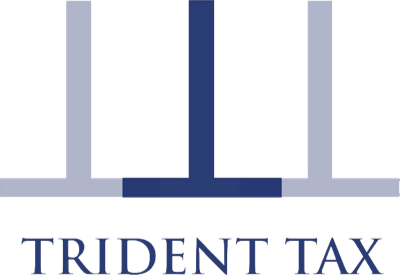Speculation about an imminent rise in the rate of capital gains tax has led some business owners to accelerate their exit plans to “lock in” gains at current tax rates. While in principle if the business is sold before any increase, shareholders should benefit from current tax rates, in practice finding a suitable buyer in current economic climate may be challenging.
The most common exit routes include trade sales (to third parties) and management buyouts (to the existing management teams). However, a sale to an Employee Ownership Trust (EOT) is another option.
The Government introduced EOTs in 2014 to encourage owners of trading companies to sell their shares to their employees. Shareholders can sell shares to an EOT and pay no capital gains tax on the sale provided the trust acquires at least 51% of the company’s ordinary shares.
High profile examples where owners have sold to EOTs include Aardman Animations and Richer Sounds but a growing number of less well-known businesses have also been sold to their employees. If capital gains tax rates do rise, sales to EOTs might become even more attractive. However, shareholders should carefully consider the tax and non-tax implications of choosing to sell to an EOT rather than an external third party or management team.
We highlight some tax issues arising from using such a trust to crystallise a gain.
Funding the sale proceeds
It is the trading company itself which must fund the EOT by contributions to pay the exiting shareholders.
If a business does not have significant assets, and is valued and sold on an earnings basis, the price is a multiple of earnings. The company may be able to borrow e.g., by factoring its debtors, but this will be in line with earnings. Consequently, it may be years before the exiting shareholders can be paid out in full, and if they are issued with loan notes, they run a risk of not getting their money in full if the fortunes of the company change.
Where shareholders can sell their shares in instalments, they may be able to negotiate increasing prices for each subsequent tranche if the earnings rise. However, if they sell to an EOT, capital gains tax relief is only available on the disposal by which the EOT acquires control of the trading company. By selling a controlling shareholding to the EOT, the shareholders therefore peg themselves to a value based on the earnings at that time and lose out on any growth in value from future higher earnings.
In a context where there is no external purchaser providing a value, the price is negotiated with the trustees and might not be the highest achievable, the price will be received over a long period, and there is a risk that it is not received in full.
In summary, the comparison of the net proceeds received is not simply about what rate of capital gains tax rate applies.
Employee incentives: growth shares and share schemes
A company that has been looking to build earnings for a future sale may well have provided employees with growth shares and or share options, e.g., Enterprise Management Incentive (EMI) options.
By granting share options or issuing growth shares to employees the intention is that on a future sale of the business, the purchaser will buy the growth shares and EMI shares along with the rest of the company shares and therefore the holders of the growth shares and EMI shares benefit from any uplift in value of the company from when they received their options or shares.
Shareholder agreements or share option agreements may provide the employees the right to exercise their options and sell their growth shares. In the context of a sale to an Employee Ownership Trust, this means that in effect the company will need to fund the purchase by the trust of at least 51% of the ordinary share capital, but also pay out employees for growth shares and EMI shares. The funding issue highlighted above would therefore be exacerbated.
Going forward, to provide equivalent employee incentives to earnings growth, it may be necessary to use bonuses rather than share schemes, in which case there will be significant employer National Insurance contributions (at 13.8%) to pay.
Future sale
Shareholders might think that they could “park” the shares in the EOT to secure favourable capital gains tax, then look for an external purchaser later, for example when profits have recovered from the impact of COVID 19. The aim might be for the trust to realise that gain, and then pay off any remaining outstanding consideration and share out the proceeds with the employees.
However, if the EOT sells a controlling interest in the trading company, its gain will be computed by reference to the base cost of the shareholders who sold it the shares; in effect, the gain of the shareholders, which they did not pay tax on, is then charged on the trust. If the trust bought from founder shareholders with a very low base cost, the trust is paying capital gains tax on the whole of the gain from the company’s commencement.
In short, the legislation is not structured to put the trust in a good position to sell.
Furthermore, any distribution from the EOT to the employees and directors will be taxed as remuneration, with PAYE and National Insurance Contributions applying.
Conclusion
Tax planning should not just focus on headline rates of tax, it should work through the consequences and practicalities of the steps that are proposed.
If you would like to talk through the full breadth of tax implications of your plans, please do contact us.
